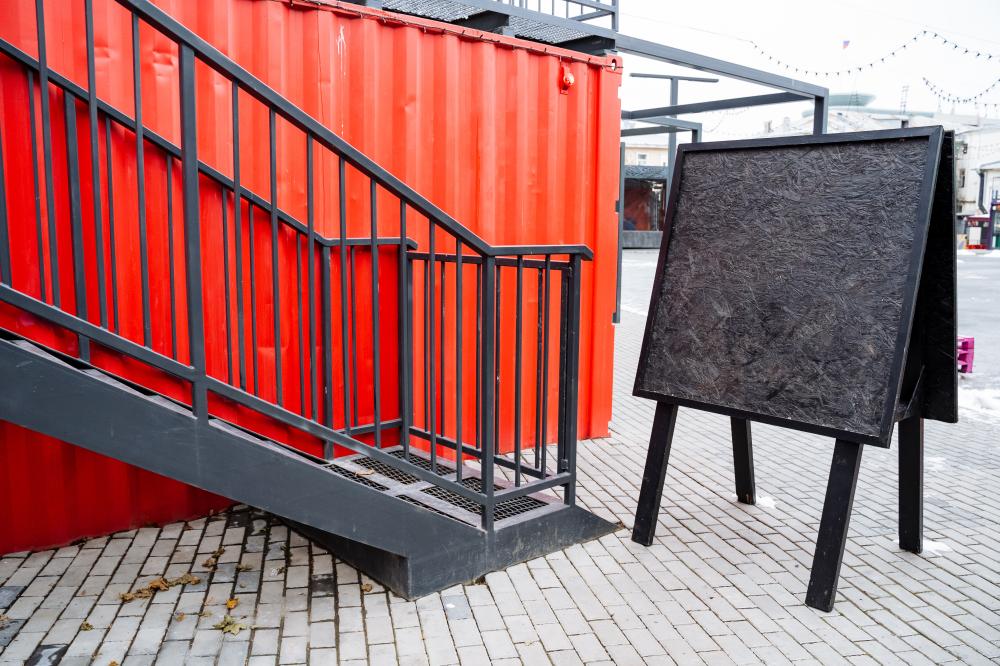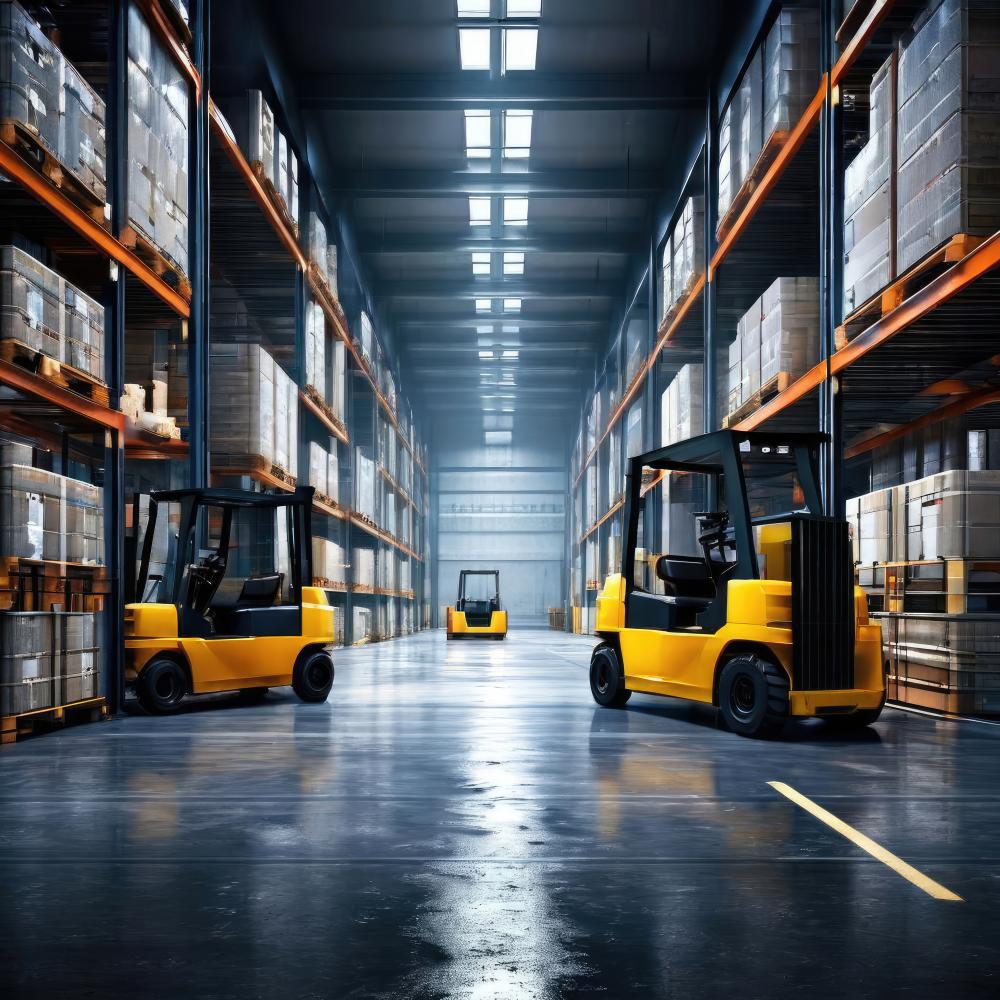Retail Commercial Containers

Introduction to Retail Commercial Containers
Retail Commercial Containers have revolutionized the way businesses approach space utilization and customer engagement. As a dynamic blend of architecture and commerce, these containers offer innovative solutions for creating versatile retail environments. Over the last decade, the flexibility of these units has redefined possibilities in retail, providing a cost-effective and environmentally friendly alternative to traditional brick-and-mortar establishments.
Retailers are increasingly turning to customized containers to create unique brand experiences that are both functional and aesthetically pleasing. With the ability to be easily transported and set up in various locations, these containers serve as pop-up shops, permanent retail spaces, and everything in between. The adaptability of these units makes them particularly attractive to businesses looking to capitalize on emerging markets and transient consumer trends.
The Rise of Cargotecture in Retail
The term ‘cargotecture’ refers to the architectural practice of reusing shipping containers to create functional spaces. In the retail sector, cargotecture has gained popularity due to its sustainability and efficiency. These containers, often retired from shipping lines, are repurposed and modified to meet various commercial needs, contributing to a circular economy by reducing waste and promoting recyclability.
GEM, a leader in the field, capitalizes on cargotecture to offer bespoke solutions that integrate seamlessly with their clients’ brand visions. This approach not only supports environmental sustainability but also provides a creative outlet for architectural innovation. By utilizing existing resources, companies can reduce costs while maintaining high standards of design and functionality.
Advantages of Modular Retail Solutions
Flexibility and Scalability
One of the key advantages of Retail Commercial Containers is their inherent flexibility and scalability. Businesses can begin with a basic container setup and gradually expand by adding additional modules as needed. This capability to scale operations on demand allows companies to respond swiftly to market changes and consumer demand, a crucial advantage in today’s fast-paced retail environment.
Sustainability and Rentability
With growing awareness around environmental issues, sustainability has become a significant factor in business operations. Retail Commercial Containers offer an eco-friendly solution by repurposing existing materials and minimizing construction waste. Additionally, their reduced footprint compared to traditional buildings makes them an attractive option for retailers aiming to lower their carbon emissions.
Cost Effectiveness
Cost-effectiveness remains a driving factor for many businesses choosing modular solutions. By utilizing pre-existing structures, retailers can significantly cut down on expenses related to new construction. The ease of customization and rapid deployment further contributes to reduced costs and quicker returns on investment.
Case Studies in Retail Commercial Containers
Retail Commercial Containers have been successfully implemented across various sectors, from small boutiques to large-scale commercial enterprises. Let’s explore a few notable examples:
- Pop-Up Markets: Many urban areas have embraced pop-up markets, where containers serve as temporary retail spaces for local vendors. These markets provide a platform for small businesses to reach new customers without incurring the costs of permanent retail space.
- Urban Revitalization Projects: In cities like Miami and Chicago, Retail Commercial Containers have been used to revitalize underutilized urban spaces, transforming them into vibrant shopping districts. This approach not only boosts local economies but also attracts tourism and community engagement.
- Mobile Retail Units: Certain brands have adopted mobile container units to create dynamic, movable retail experiences. These units can travel to various locations, adapting to different markets and customer bases while maintaining a consistent brand presence.
Future Trends in Commercial Retail Containers
As technology and consumer expectations continue to evolve, the role of Retail Commercial Containers in the marketplace is likely to grow. Emerging trends include the integration of smart technologies, allowing businesses to capture and analyze consumer data to enhance customer experiences. Smart containers equipped with IoT devices can offer real-time inventory management, climate control, and personalized customer interactions.
Another promising trend is the incorporation of renewable energy sources, such as solar panels, to power container installations. These sustainable energy solutions align with the global push towards reducing carbon emissions and contribute to a brand’s eco-friendly image.
GEM’s Role in Revolutionizing Retail Spaces
GEM is at the forefront of transforming Retail Commercial Containers into cutting-edge retail environments. Their innovative approach combines comprehensive industry knowledge with advanced fabrication techniques to deliver custom solutions that meet the unique needs of their clients. With a focus on sustainable design, GEM ensures that each project not only meets functional requirements but also contributes positively to the environment.
Drawing on over 15 years of experience, GEM has established a reputation for excellence in the retail container sector. Their commitment to quality and attention to detail have resulted in numerous successful projects across the globe, showcasing their capability to adapt to various market demands and client specifications.
Challenges and Considerations in Retail Containers
Logistical Challenges
While Retail Commercial Containers offer numerous benefits, they also present certain logistical challenges. Transportation and installation require careful planning to ensure the safe and efficient deployment of these units. Working with a skilled provider like GEM can help mitigate these issues through expert project management and logistical support.
Regulatory Compliance
Compliance with local zoning laws and regulations is another important consideration. Retailers must navigate a patchwork of rules governing container use, which can vary significantly by jurisdiction. Partnering with experienced providers who understand these regulatory landscapes is essential for ensuring legal compliance and avoiding costly setbacks.
Summary of Key Benefits
Retail Commercial Containers offer a myriad of benefits that make them an appealing choice for modern retailers. From flexibility and sustainability to cost-effectiveness and rapid deployment, these modular units provide innovative solutions to traditional retail challenges. By embracing cargotecture and leveraging advanced technologies, businesses can create adaptable retail environments that meet the demands of today’s consumers.
As the trend towards sustainable and efficient retail solutions continues, the role of Retail Commercial Containers is poised to expand, offering retailers valuable opportunities to innovate and thrive in an ever-changing market landscape.

How much does a shipping container cost retail?
When it comes to acquiring a shipping container for retail purposes, the cost can vary significantly based on several factors such as size, condition, and customization needs. Typically, a standard 20-foot container can range from $2,000 to $5,000, while a 40-foot container might range from $3,500 to $7,000. However, if customization is required, for instance, to convert it into a retail space with insulation, electrical systems, and aesthetic enhancements, the costs can escalate. GEM, as a leader in the customized solutions sphere, often tailors these containers to fit specific brand requirements, which can affect overall pricing. It’s beneficial to consider not just the initial purchase price, but also potential modifications that align with your retail objectives.
How much does a 40 feet container cost?
A 40-foot container is generally more expensive than its 20-foot counterpart, with prices typically falling between $3,500 and $7,000 for a second-hand model in good condition. New or one-trip containers, which have only made a single journey from the manufacturer, can cost significantly more. Factors such as the condition of the container, its prior use, and any additional features it may have will influence the price. If you’re considering transforming it into a retail space, GEM can offer insights into the cost of bespoke modifications including features like climate control, enhanced security, and branding elements, ensuring the finished product aligns with your business needs.
What is a retail container?
A retail container is essentially a shipping container that has been adapted for use in commercial retail settings. These spaces are known for their versatility, sustainability, and ability to create a unique shopping experience. Retail containers can serve multiple purposes, including pop-up shops, expansion of existing retail spaces, or even mobile kiosks. GEM specializes in utilizing these containers to craft bespoke retail environments that reflect a brand’s ethos and engage customers in new, dynamic ways. Whether deployed as standalone outlets or part of a larger retail strategy, these containers offer flexibility and scalability to meet evolving market demands.
Can I put a shipping container on my commercial property?
Yes, shipping containers can often be placed on commercial properties, but it’s important to navigate local zoning laws and regulations first. Depending on your location, you may need to obtain specific permits or adhere to guidelines concerning the placement and usage of containers in commercial settings. This is where GEM’s expertise comes in handy. They can help guide you through the complexities of regulatory compliance to ensure your containerized retail solution meets all legal requirements. It’s crucial to conduct due diligence and consult local authorities or work with experienced providers to avoid legal complications.
What are the advantages of cargotecture for retail?
Cargotecture offers numerous advantages for the retail industry. Firstly, it promotes sustainability by repurposing used shipping containers, supporting the circular economy. It also allows for innovative design flexibility, enabling retailers to create bespoke interiors and exteriors that resonate with their brand identity. Additionally, cargotecture is cost-effective as it reduces construction times and expenses compared to traditional building methods. With GEM’s expertise, retailers can leverage these benefits to develop unique and adaptable retail spaces that can swiftly adapt to changing market trends and consumer preferences.
What are common challenges faced with retail containers?
While retail containers offer several benefits, they also present challenges. Logistical issues such as transportation and installation can be complex, requiring careful planning and expert execution. Furthermore, adherence to local zoning regulations can be intricate and varies by location. GEM addresses these challenges head-on, providing comprehensive project management and logistical support to ensure seamless deployment. Understanding these potential hurdles and partnering with experienced providers can mitigate risks and facilitate a smoother transition to using container-based retail solutions.
What are future trends in retail containers?
The future of retail containers looks promising, with several innovative trends on the horizon. Integration of smart technologies such as IoT devices for real-time data analytics and consumer interaction is likely to become more prevalent. Renewable energy solutions, like solar panels, are also increasingly popular, offering eco-friendly power options that enhance sustainability credentials. At GEM, staying ahead of these trends is crucial. Our team continuously explores ways to incorporate advanced technologies into our solutions, ensuring our clients are at the forefront of industry developments. These innovations enhance operational efficiency and customer experience, positioning retailers to thrive in a rapidly evolving market.
Resources
- Container Home Plans – Explore container home designs and resources for sustainable living.
- U.S. Environmental Protection Agency – Learn about environmental regulations and sustainability initiatives in the United States.
- ArchDaily – Discover architectural trends and innovative design solutions from around the world.
- ResearchGate – Access research papers and studies on retail design, architecture, and construction.
